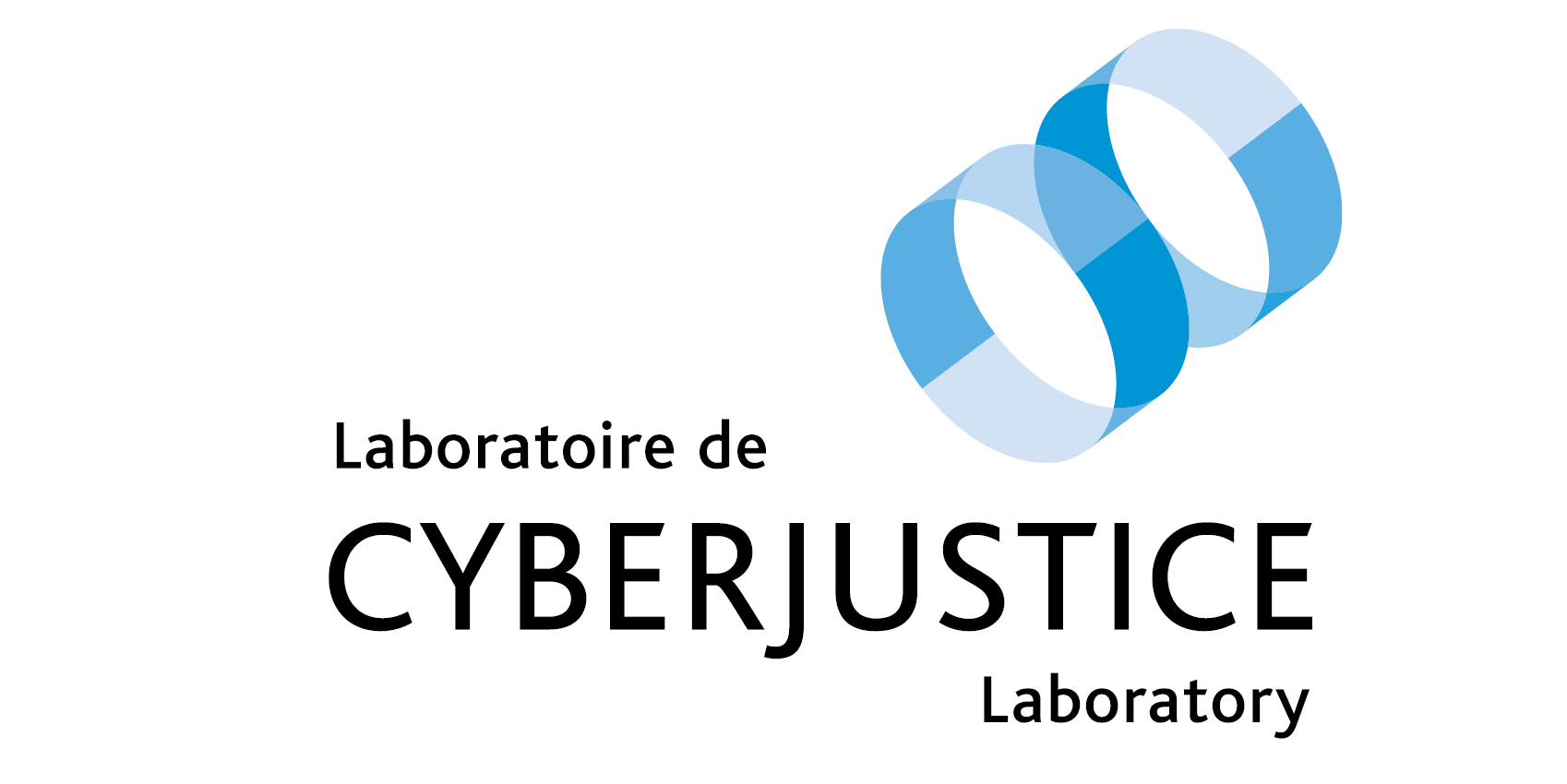Mia Godet, web developer at the Cyberjustice Laboratory talks about her work
 Mia Godet is a 24-year-old web developer at the Cyberjustice Laboratory. As such, she brings the laboratory’s projects to life using a variety of programming languages and tools. By being part of a small developer team, she performs a variety of different tasks, from fine-tuning the internal working of the apps to improving their visual appearance. We asked her a few questions to get a sense of what it is like to work in the Cyberjustice Laboratory’s software development team.
Mia Godet is a 24-year-old web developer at the Cyberjustice Laboratory. As such, she brings the laboratory’s projects to life using a variety of programming languages and tools. By being part of a small developer team, she performs a variety of different tasks, from fine-tuning the internal working of the apps to improving their visual appearance. We asked her a few questions to get a sense of what it is like to work in the Cyberjustice Laboratory’s software development team.
Hello Mia! First of all, could you start by describing your professional journey?
I studied software engineering at Montreal’s École Polytechnique. I did my first internship at the Cyberjustice Laboratory and I really enjoyed it. For my second internship, I worked for Pratt & Whitney Canada, but didn’t quite enjoy the big corporate work environment. When I finished my baccalaureate, I applied at the Cyberjustice Laboratory. I’ve been working here for a little more than a year.
Why did you choose to work for the Cyberjustice Laboratory?
When choosing my first internship, I thought that the mission of the Cyberjustice Laboratory really stood out from the rest, with their goal of bringing technology to the judicial system and thus making it more accessible. I really enjoyed the internship I did here, the university environment and the small team. I also felt like the work I was doing here had a real impact.
What are some of the most important projects you’ve worked on in the past with the Laboratory?
During my first year at the laboratory, I worked on the CAT [i.e. Condominium Authority Tribunal, Ontario’s first online tribunal]. The tasks were diverse and I did a little bit of everything. I worked on the front-end development, which is the visual aspect, as well as the back-end development or how the application works, it’s functionalities, fixing bugs, and managing how the information is stored in datasets.
Are you currently involved in any big project?
Yes, I’m currently working on a project called Virtual Tribunal. Our goal is to create a modular application that can easily be adapted to the needs of future clients, by plugging modules of functionality to it. From my understanding, there are similar functionalities from one virtual tribunal to another. In most applications, there is negotiation, mediation, etc. Sometimes, additional steps are necessary. For example, in the CAT, we added an adjudication module. Even inside these modules, we can add different sub‑modules.
How do you envision the future of the Laboratory five (or ten) years from now?
I think the laboratory will have more and more new research contracts and partners as we get more known. Ever since I started working here, I have witnessed the laboratory getting more interest form outside parties. What I noticed is that the Lab operates in a niche market. There are not many people in North America or in the world that do what we do. Also, we have had many successful projects and experiences over the years where the Lab proved its abilities.
As a programmer, what do you get out of your work for the Laboratory?
I’m learning a lot! For the project I’m working on right now, I had to learn everything from scratch, since we are using a technology I have never used before. It’s great because those skills are going to be really useful to my career.
On a professional level, do you have any aspirations or goals?
I’m really enjoying doing web development and I can see myself specializing in that. What I like with web development is that it’s easy to deploy, to code and have an application ready quickly.
Thank you for your time Mia and good luck with all these fascinating projects!
Ce contenu a été mis à jour le 29 août 2018 à 15 h 44 min.
